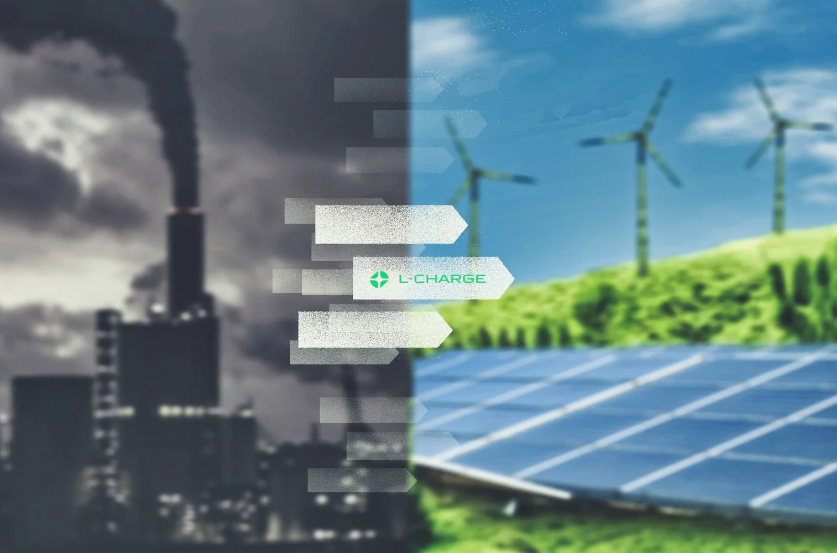How to Accelerate Fleet Electrification Using Transitional Fuels?



For many, the grid simply isn’t yet ready. Utility delays, permitting bottlenecks, and power capacity constraints are keeping fleets from making the switch even when the vehicles are available and the will to electrify is there.
The good news? There is a way forward: using transitional fuels(CNG, LNG, RNG etc.) to power electric vehicle charging infrastructure strategically, temporarily, and transparently.
Here’s how organizations can bridge the gap to a fully electric future without compromising their sustainability narrative or public credibility.
Transitional fuels like liquefied natural gas (LNG) or biofuels have often been treated with scepticism, especially when tied to electric vehicles. Critics ask: Is it really “green” to use gas to power EVs?
But that framing misses the bigger picture.
Using transitional fuels for off-grid EV charging enables electrification now, not in five years. These solutions allow vehicles to switch from diesel or petrol to electric in areas where the grid can’t yet support high-speed charging.
It’s not the final step it’s the first critical step that unlocks measurable emissions reductions today.
Let’s be honest: the optics of using gas to charge electric cars can be tough. But data matters more than dogma.
Using off-grid chargers powered by transitional fuels can result in lower total emissions than continuing to operate internal combustion engine (ICE) vehicles especially in dense urban areas where idling, congestion, and diesel pollution are most severe.
What matters is the net impact:
More EVs on the road
Fewer diesel miles
Cleaner air in cities
Reduced tailpipe emissions immediately
Companies can and should communicate these facts with confidence and transparency.
Transitional fuels should not be positioned as the destination. They’re a launchpad. The key is to select charging partners with a clear roadmap to renewables such as L-Charge, where mobile charging units use CNG, LNG, flare gas today but are actively developing upgrades that will include bio-LNG and hydrogen.
Make sure your tech partners are:
Open about their current energy mix
Transparent about emissions
Committed to phasing in clean alternatives
This builds trust with stakeholders, customers, and the public.
If you’re electrifying with the help of transitional fuels, be the first to say so and say it well.
Develop clear messaging that frames this strategy as:
A climate-forward solution for immediate emissions reduction
A temporary enabler until the grid catches up
A pragmatic choice that aligns with long-term sustainability goals
Highlight your impact in metrics: clean miles powered, diesel vehicles replaced, emissions reduced. Let the numbers speak louder than the fuel source.
The path to a zero-emissions future isn’t straight or simple, it’s complex, messy, and transitional by nature. Waiting for a perfect world where every charger is powered by wind and solar only delays real progress.
Transitional fuels, when used with transparency and strategy, are not a step backward. They’re a high-impact, high-speed step forward toward cleaner cities, healthier communities, and fleets that are ready for the future.
In the race to zero, doing something now beats waiting for perfect later.